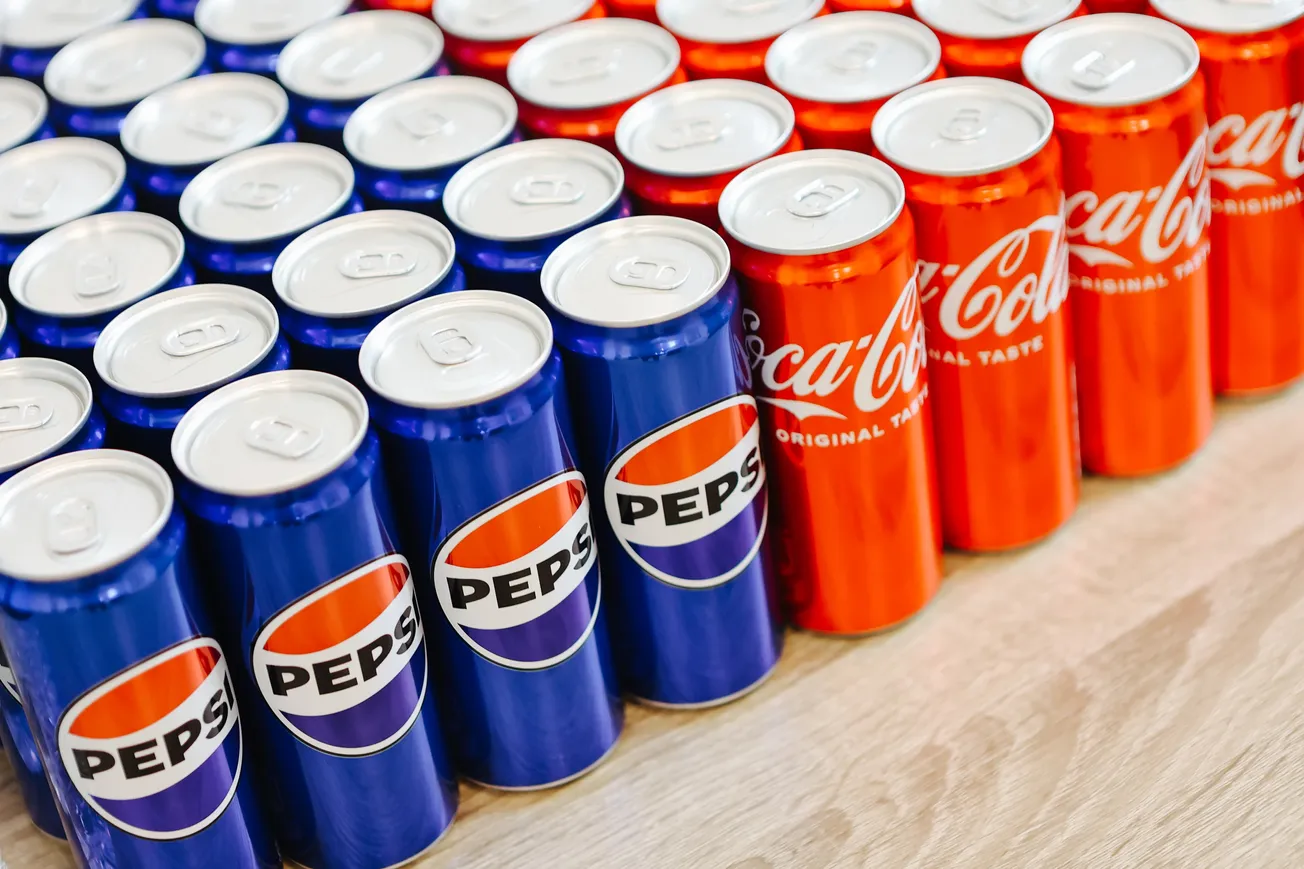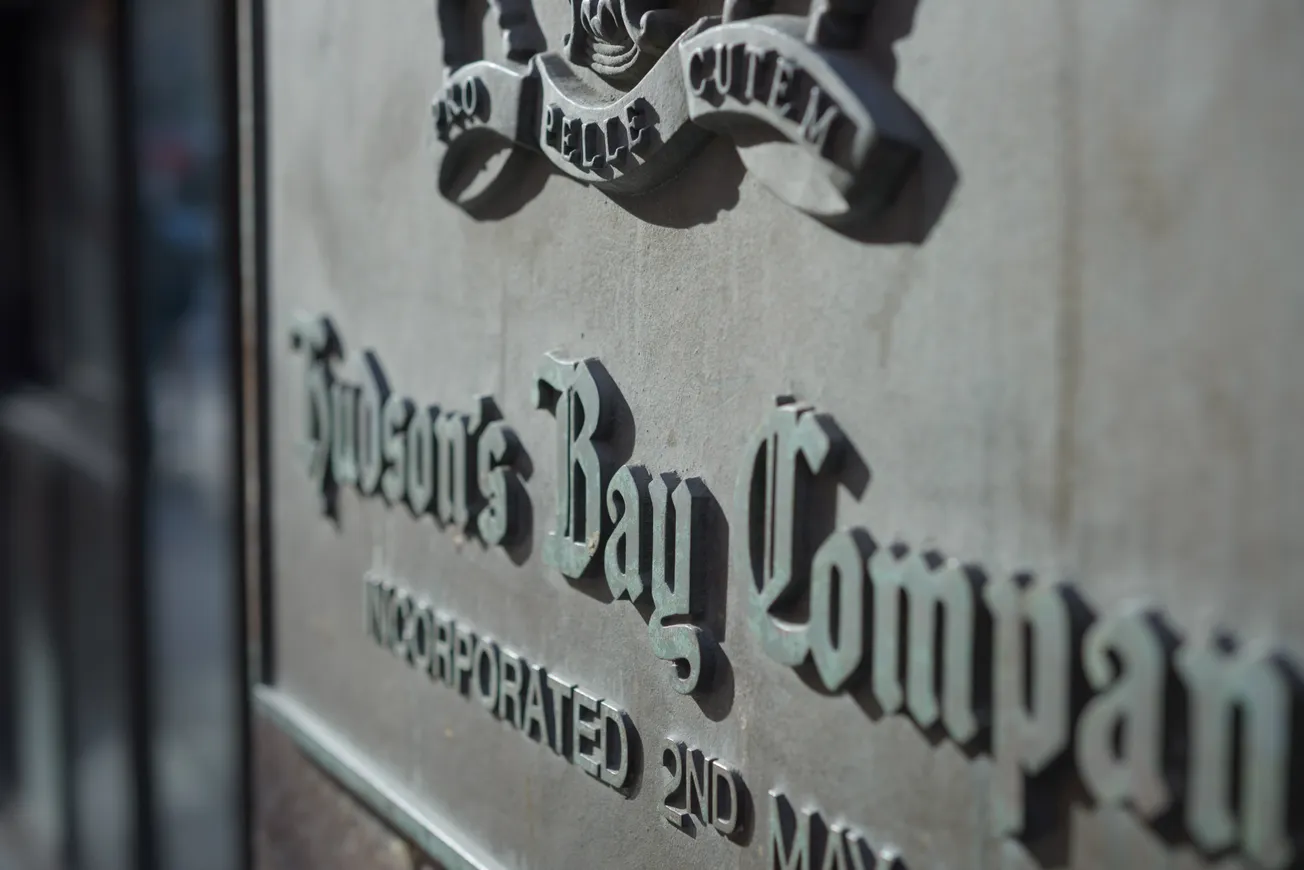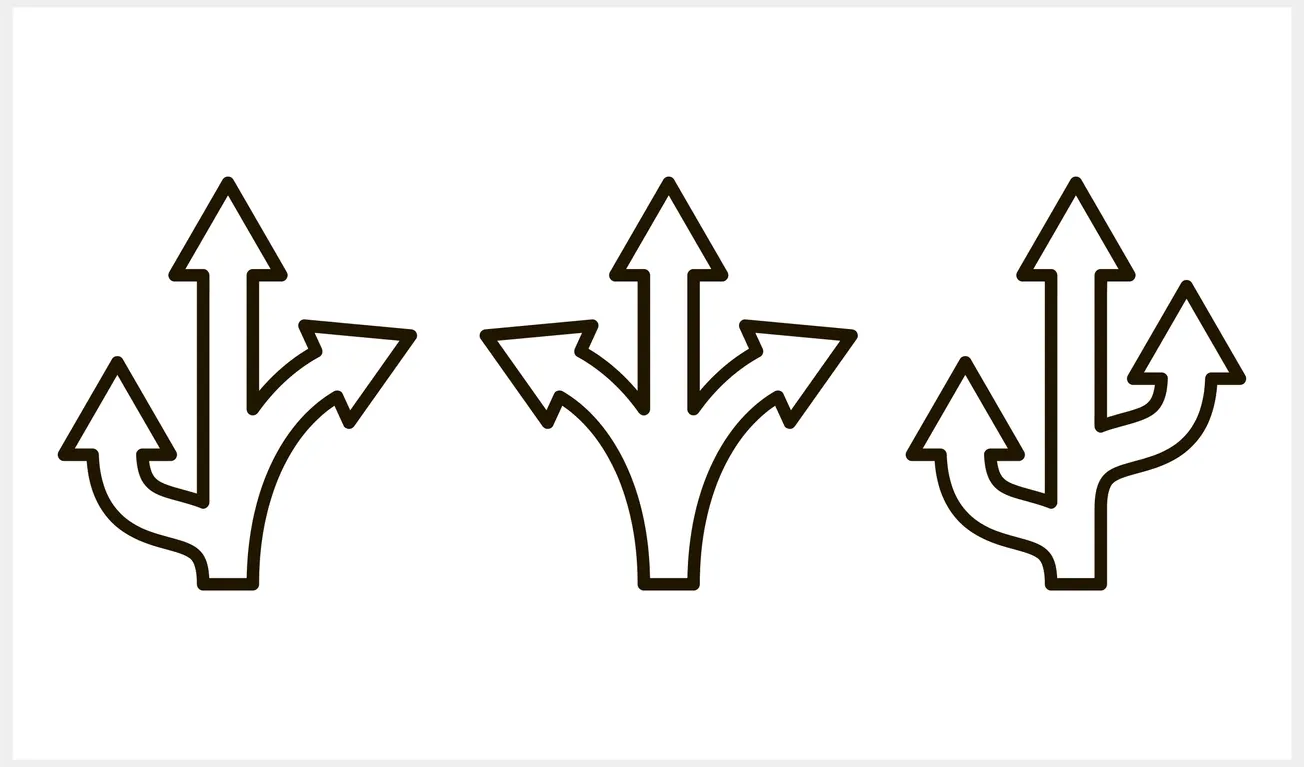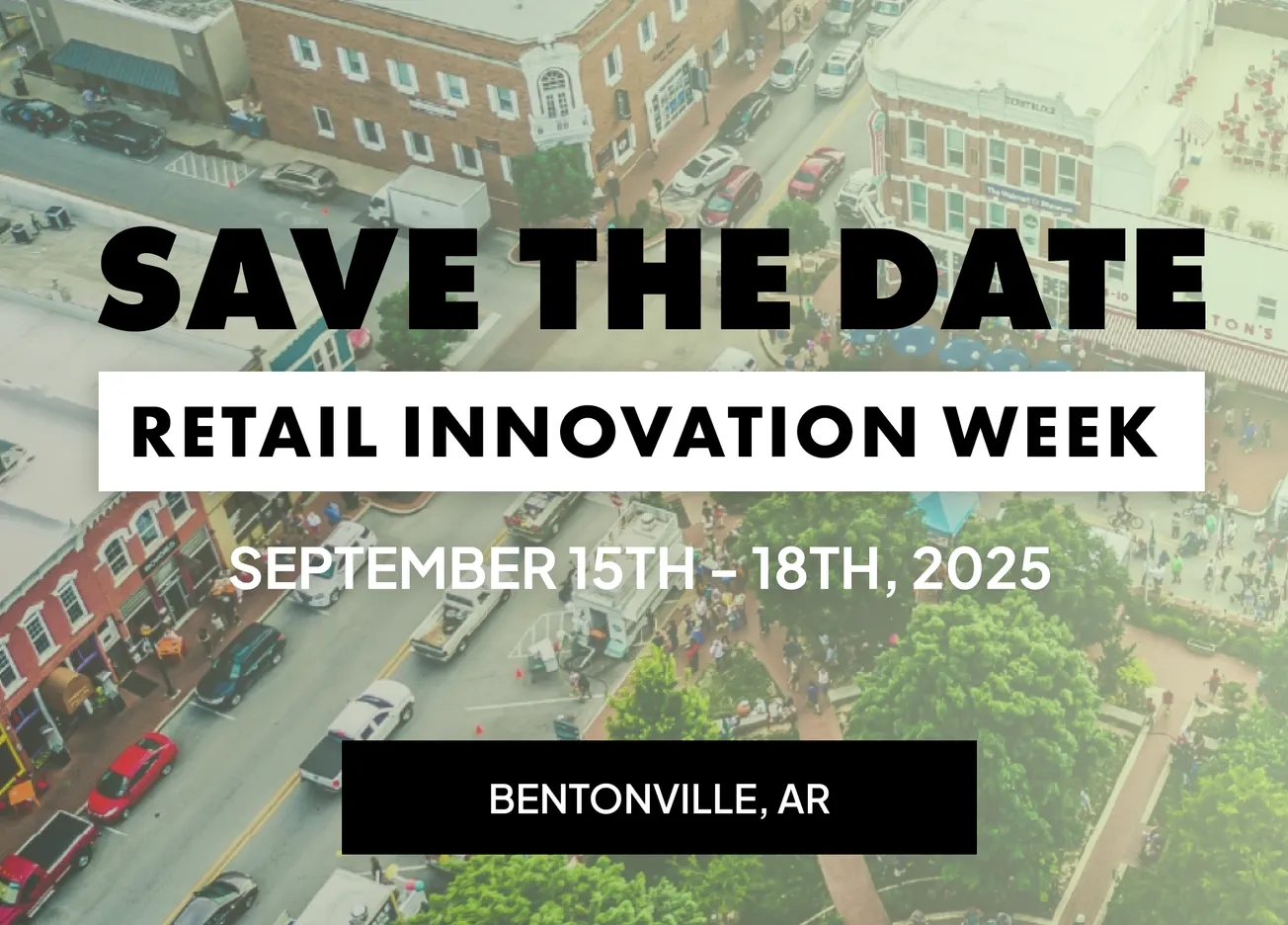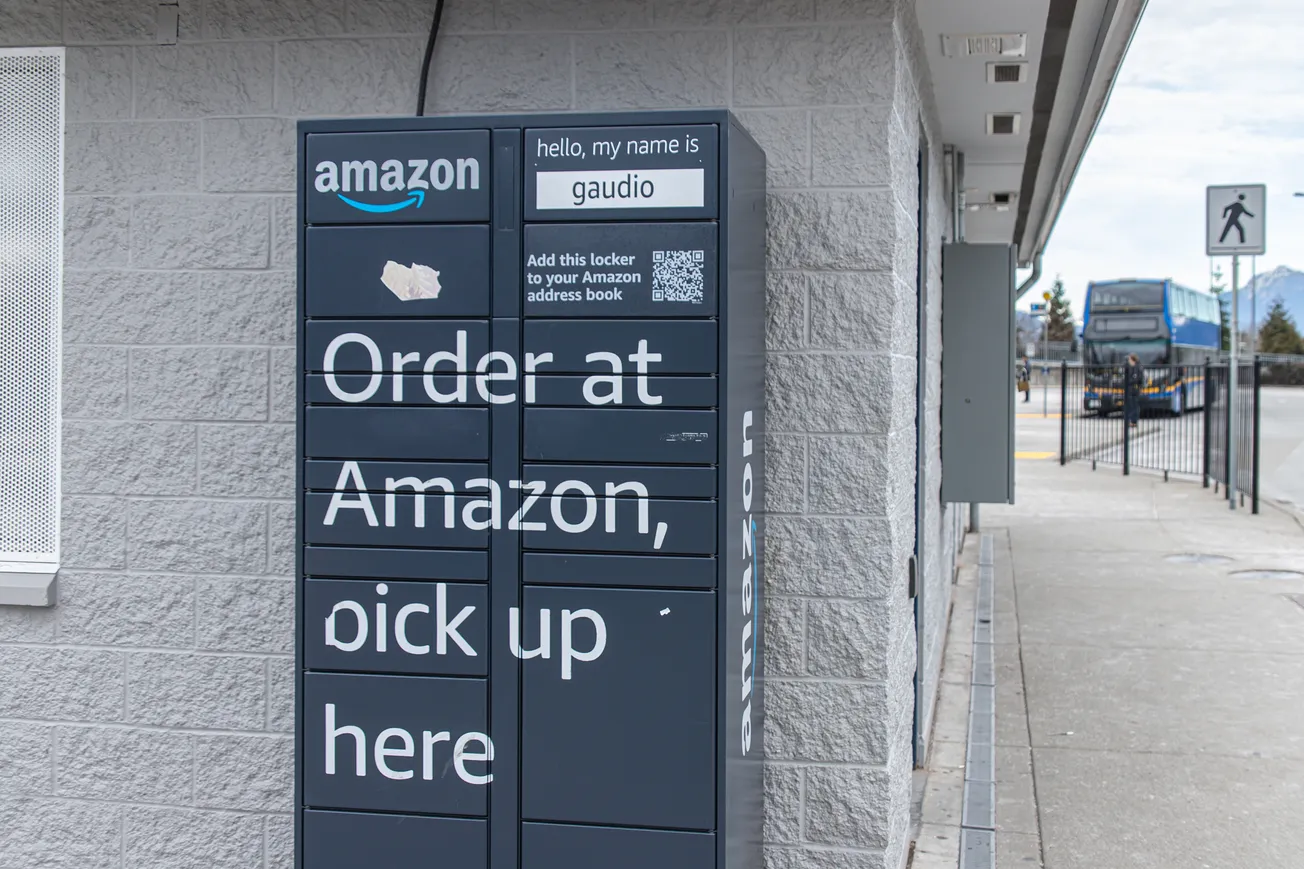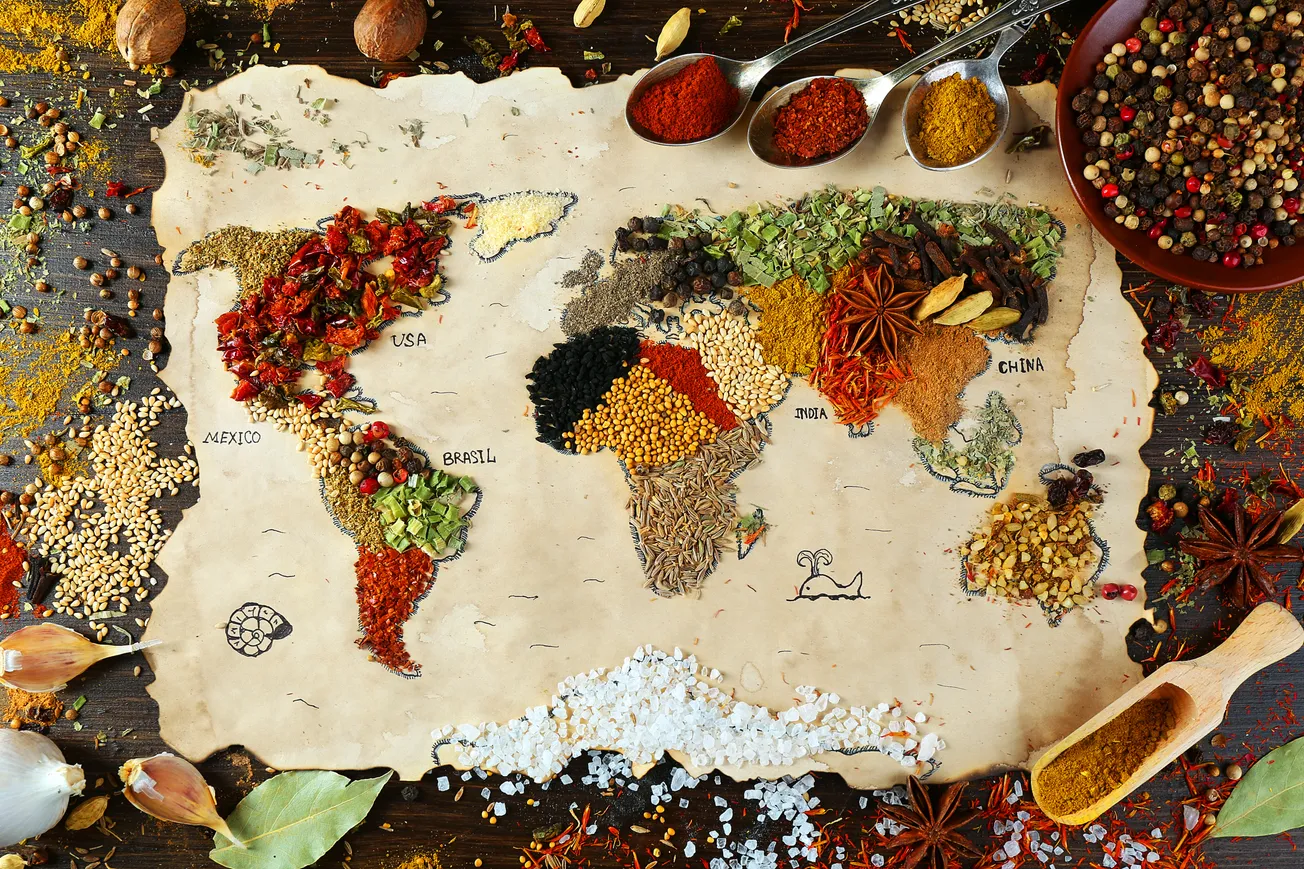In a move that has stirred waves across the beverage and retail industries, Costco has announced it will replace Pepsi products with Coca-Cola offerings in its U.S. food courts by summer 2025.
This decision, confirmed by CEO Ron Vachris during the company's January shareholder meeting, marks a significant reversal from a 2013 switch to Pepsi, which had been driven by cost concerns tied to preserving the company’s iconic $1.50 hot dog and soda combo.
This shift, though seemingly minor to casual customers, represents a meaningful strategic win for Coca-Cola in a decades-long rivalry with PepsiCo—a competition historically known as the “Cola Wars.”
Beyond nostalgia or flavor preferences, the decision reflects how beverage giants continue to compete for dominance in critical venues such as wholesale clubs, stadiums, fast food restaurants, schools, and entertainment complexes, where concession and pouring rights are high-stakes marketing battlegrounds.
The Power of the Pour: Why Concession Deals Matter
While TV commercials and celebrity endorsements have long been associated with the Cola Wars, the real battleground often lies in who controls the exclusive beverage contracts in high-traffic venues.
Concession deals—often involving multimillion-dollar agreements—give companies exclusive selling rights, exposure to captive audiences, and control over what beverages millions of consumers associate with everyday experiences.
In Costco’s case, the food court is not just a point-of-sale but a critical channel for reinforcing brand loyalty. With hundreds of thousands of customers visiting warehouses daily, the food court combo offers repeated opportunities for beverage brands to become embedded in family routines.
Coca-Cola’s return to these venues offers the company a boost not only in volume but in brand presence, aligning with its broader strategy of visibility and customer experience.
Restaurant Chains: A Key Frontline
The Costco development follows another major shift in the beverage landscape announced in March 2024, when Subway, one of the largest restaurant chains in the world, signed a 10-year agreement with PepsiCo to supply beverages in its U.S. stores, displacing Coca-Cola in the process.
That change, effective January 1, 2025, reflects the intensely competitive nature of fast food beverage contracts, which often flip between the two companies depending on pricing, support, and strategy.
Coca-Cola maintains its longstanding exclusive relationship with McDonald's, one of the most valuable and stable alliances in the industry. The brand also currently serves as the beverage provider for Burger King, although that relationship has shifted in the past, showing the fluidity of corporate alignments in this space.
These contracts are more than distribution deals—they often include joint marketing, co-branded promotions, and equipment support. Fast-food chains serve as high-frequency environments where customers develop lasting taste preferences, often starting in childhood.
Securing these venues is a top priority for both Coca-Cola and PepsiCo.
Beyond Cola: An Expanding Battlefield
Although carbonated soft drinks remain symbolic of the Cola Wars, the rivalry between Coca-Cola and PepsiCo has evolved to encompass nearly every major non-alcoholic beverage category.
Both companies have diversified to reflect shifting consumer tastes, particularly as sugary soda consumption in the U.S. has declined over the past two decades.
In the bottled water market, Coca-Cola’s Dasani and PepsiCo’s Aquafina are locked in constant competition. The sports drink segment sees PepsiCo's Gatorade maintain a dominant position, countered by Coca-Cola’s Powerade, which often rides the coattails of Coke’s broader branding in athletic events and school contracts.
In the ready-to-drink coffee and tea space, both companies have made significant moves. PepsiCo has partnered with Starbucks to distribute chilled coffee beverages, while Coca-Cola has invested in brands like Gold Peak and Honest Tea.
The tea and lemonade segment also sees competition from third parties, such as Keurig Dr Pepper, which distributes Snapple, and independent brands that continue to carve out niche audiences.
Concessions Across Categories: Alcohol, Energy, and More
Beyond traditional soft drinks, the competitive landscape has widened to include alcoholic beverages and energy drinks, with major players outside the Coke-Pepsi duopoly claiming territory.
In energy drinks, Red Bull remains the market leader in the U.S. with 37% market share, followed closely by Monster Energy at 33.4%. PepsiCo holds a smaller portion of the energy market at 9.2% but has been aggressive in expanding its presence. Coca-Cola, a significant investor in Monster, has likewise used that partnership to tap into the rapidly growing category.
The ready-to-drink alcoholic beverage market is another emerging field of interest. Coca-Cola made headlines in 2024 with its acquisition of a failed alcoholic RTD line from Australian company Billson’s, signaling its intention to compete in alcohol-adjacent categories. While not a traditional player in alcohol, Coca-Cola’s global distribution network and branding power could position it to succeed where others falter.
Tea and lemonade categories have seen increased competition as well, with companies like Arizona Beverages and Pure Leaf (a PepsiCo-Unilever joint venture) dominating vending machines, food service counters, and school cafeterias.
A Modern War with Historic Roots
The Cola Wars stretch back over a century, with Coca-Cola and Pepsi first going head-to-head in the early 20th century.
The competition intensified in the 1980s, with memorable campaigns like Pepsi’s “Pepsi Challenge” blind taste test and Coca-Cola’s ill-fated “New Coke” reformulation. These marketing battles were often visible to consumers, but much of the long-term competitive strategy has always involved backroom deals over pouring rights, product bundling, and brand presence.
Today’s battles are more nuanced, fought over diversified product lines, data-driven marketing, and long-term supply agreements. But the core objective remains unchanged: to dominate the venues where people eat, shop, watch sports, and socialize.
The Bigger Picture
Costco’s return to Coca-Cola represents more than just a product switch—it’s a symbolic and strategic gain in the broader landscape of beverage distribution.
As both companies continue to diversify, the Cola Wars are no longer confined to soda fountains and grocery shelves. They now encompass energy drinks, bottled waters, teas, coffees, and even alcohol substitutes, each fought with the same intensity and strategic calculation.
Whether it’s a sports stadium, a college campus, a school cafeteria, or a wholesale warehouse food court, every concession contract is a potential brand conversion moment. And with Costco back in the Coca-Cola camp, the red cans gain one more foothold in a war that, over 100 years later, shows no signs of ending.

